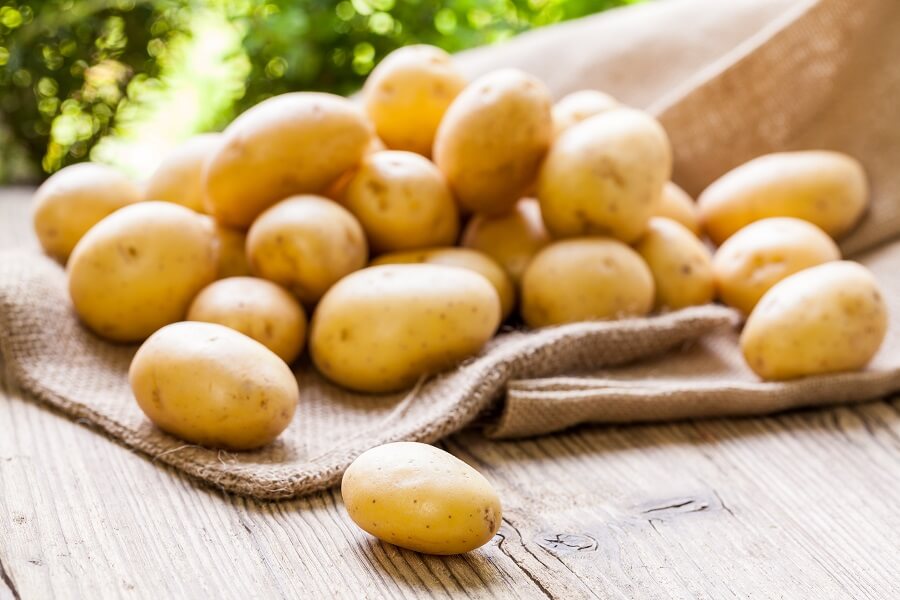Are you considering burning those pesky pine needles in your yard? While it may seem like an easy solution to get rid of them, there are important precautions you must take to avoid harmful smoke inhalation and prevent wildfires.
Before starting a fire, it’s crucial to check local laws and policies on open burns, as well as contain the needles inside a fire pit or grating to prevent material from blowing.
Not only can burning pine needles be dangerous for the environment, it can also have negative effects on your health. Inhaling the smoke from burning needles can cause respiratory issues, especially for those with pre-existing conditions such as asthma or allergies.
It’s important to take the proper precautions and know the laws and regulations before starting any fire. In this article, we will provide you with information on the laws, precautions, and safety tips for burning pine needles, as well as alternative methods for disposing of them safely.
Your safety and the safety of your community is our top priority.
Quick Takeaways
- Burning pine needles in your yard depends on local laws and policies on open burns.
- Smoke from pine needles contains alkaloids, which may have toxic effects.
- Safety tips for burning pine needles include having a water source, metal rake, and shovel nearby, using crumpled newspaper as a base, and ensuring no heat is left in the pile before walking away.
- Alternative methods for disposing of pine needles include composting or bagging them for disposal.
Laws and Regulations
You need to check with your local fire department or county office to see if it’s legal to burn pine needles in your yard and what materials are allowed to be burned. There may be burn bans or restrictions on what you can burn, so it’s important to follow the laws and regulations to avoid any fines or legal consequences.
Enforcement challenges may arise when people don’t follow the rules, leading to potential wildfires and harmful smoke inhalation. That’s why community education is important to ensure everyone understands the risks and consequences of burning pine needles and other yard waste.
It’s essential to contain pine needles inside a fire pit or grating to prevent material from blowing and to avoid burning on windy days. Creating a burn pile near any roadways is also prohibited. Avoid using accelerants like gasoline or lighter fluid to ignite the fire.
Following these safety precautions can help prevent wildfires and keep you and your community safe.
What Are the Dangers of Using Nails to Kill Trees?
Using deadly nails killing trees with copper can have severe consequences. Nails, when hammered into a tree, create wounds that expose the tree to infections and diseases. Moreover, the copper present in the nails can leach into the tree, poisoning it gradually. This destructive practice can eventually lead to tree death, disrupting ecosystems and depriving the environment of crucial benefits provided by trees.
Effects on Health
Inhaling smoke from smoldering pine needles can potentially harm your health due to the presence of toxic alkaloids. These alkaloids haven’t been fully studied for their impact on human and animal toxicity. However, it’s known that smoke from pine needles contains alkaloids that may have toxic effects on the respiratory system.
To avoid respiratory effects and other toxicity concerns, it’s recommended to follow safety precautions when burning pine needles. Here are some tips that you should consider:
1) Burn pine needles in a contained fire pit or grating to prevent material from blowing.
2) Avoid using accelerants like gasoline or lighter fluid to ignite the fire.
3) Monitor the height of the flames and watch for any blowing embers.
4) Ensure no heat is left in the pile before walking away.
By following these precautions, you can avoid harmful effects on your health and ensure a safe burn.
Alternative Disposal Methods
Consider composting or bagging pine needles for disposal as an alternative method. Composting pine needles can provide the perfect nutrient-rich soil for your garden, while bagging them for disposal is a safe and easy way to get rid of the needles. Composting pine needles is a natural and environmentally friendly way to dispose of them. Simply pile the needles in a designated area and let them decompose over time. As they break down, they release nutrients into the soil, making it more fertile and healthy.
If composting pine needles is not an option, bagging them for disposal is a safe alternative. Many cities and towns offer yard waste pickup services where you can dispose of your pine needles in compostable bags. It is important to check with your local waste management department to see if they accept pine needles and if they have any specific guidelines for disposal. By bagging your pine needles for disposal, you can help prevent wildfires and protect the environment.
Frequently Asked Questions
What is the best time of year to burn pine needles?
For Fall burning, wait until the ground is moist from recent rainfall. For Spring burning, wait until the ground is dry and there are no high winds. Always check local laws and policies before burning. Remember to use proper precautions and equipment.
Can burning pine needles attract unwanted wildlife to my yard?
Burning pine needles can attract wildlife to your yard. To prevent this, it’s best to avoid burning them and opt for composting or disposal. This also reduces the risk of fire and harmful smoke inhalation.
How long does it take for pine needles to decompose naturally?
Pine needles can take up to three years to decompose naturally, impacting soil acidity and nutrient levels. Leaving them on the ground can benefit plants, but bagging or composting is recommended to prevent fire hazards and environmental damage.
Are there any benefits to burning pine needles instead of composting or disposing of them?
Burning pine needles may not have any benefits over composting or disposing of them. It is more sustainable and has less environmental impact. Consider alternative methods to dispose of them to ensure safety and protect the environment.
Can burning pine needles affect the pH levels of my soil?
Burning pine needles can affect soil acidity and nutrient absorption. The ash left behind can increase soil acidity, which may harm certain plants. It’s best to compost or dispose of pine needles instead.









